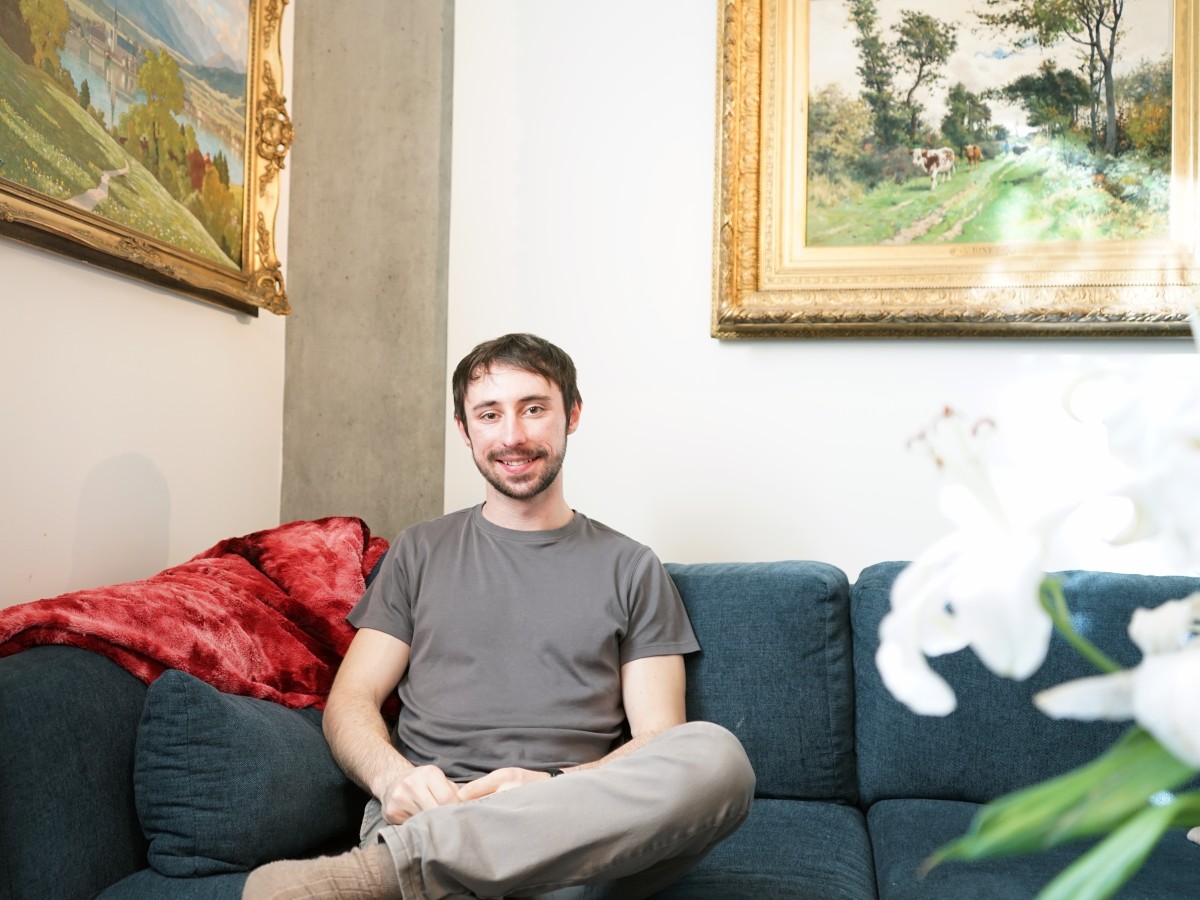
Scans of the painting during various stages in its restoration. At left panel showing a map of the different kinds of damage present; green lines show full splits in the underlying panel support, thin red lines depict major paint craquelure, blue areas correspond to large paint losses, while pink regions show smaller defects like scratches. At right is the restored painting with the applied laminate mask.
For centuries, restoring damaged art has been a painstaking endeavor, with a single painting taking anywhere from a few weeks to over a decade. In recent years, digital restoration tools have opened a window to creating virtual representations of original, restored works.
Still, there has been no way to translate digital restorations directly onto an original work, until now. Alex Kachkine, a Texas Engineering alumnus who is now a mechanical engineering graduate student at Massachusetts Institute of Technology, developed a new method to physically apply a digital restoration directly onto an original painting.

Alex Kachkine, a Texas Engineering alumnus, now attends Massachusetts Institute of Technology as a mechanical engineering graduate student.
The restoration is printed on a very thin polymer film, in the form of a mask that can be aligned and adhered to an original painting. It’s also easy to remove and store digitally to track restoration of the painting.
“Because there’s a digital record of what mask was used, in 100 years, the next time someone is working with this, they’ll have an extremely clear understanding of what was done to the painting,” Kachkine told MIT News. “And that’s never really been possible in conservation before.”
As a demonstration, he applied the method to a highly damaged 15th century oil painting. The method automatically identified 5,612 separate regions in need of repair, and filled in these regions using 57,314 different colors. The entire process, from start to finish, took 3.5 hours, which he estimates is about 66 times faster than traditional restoration methods.
